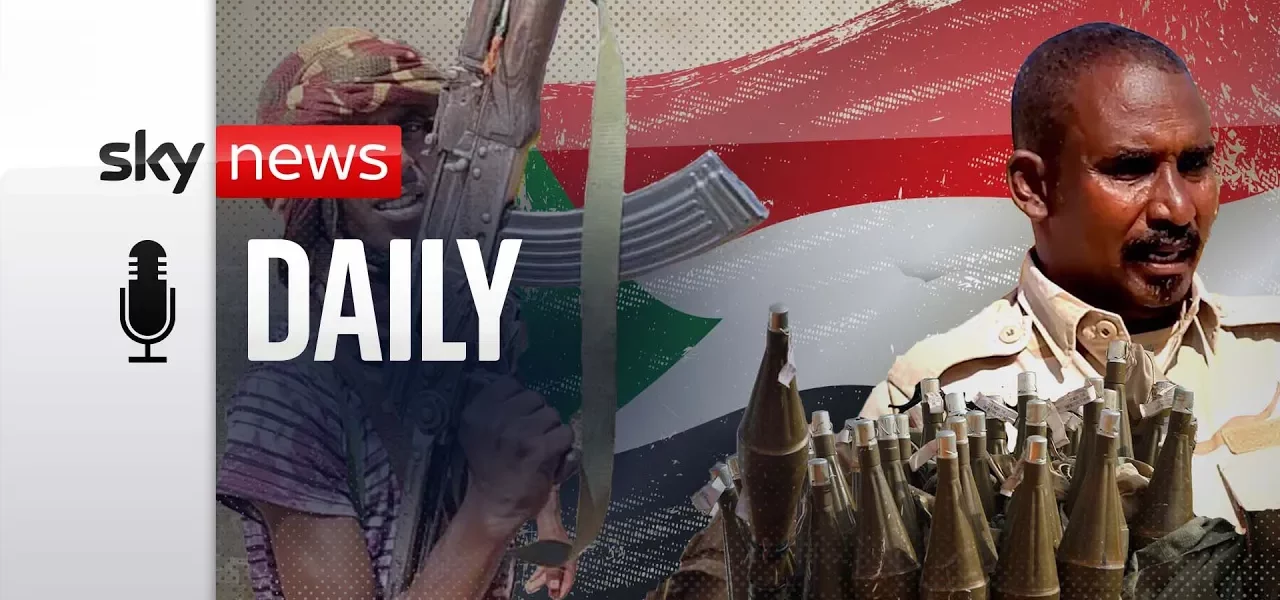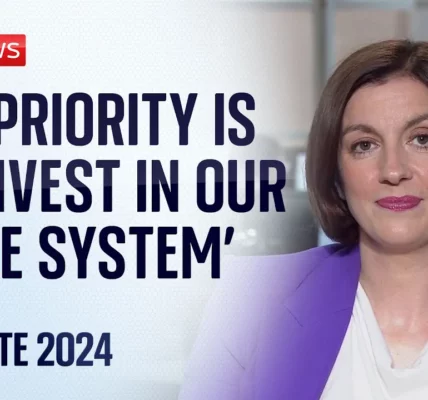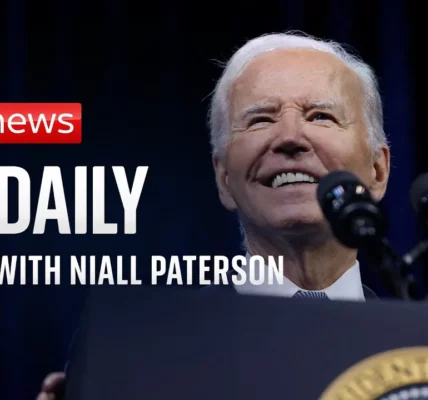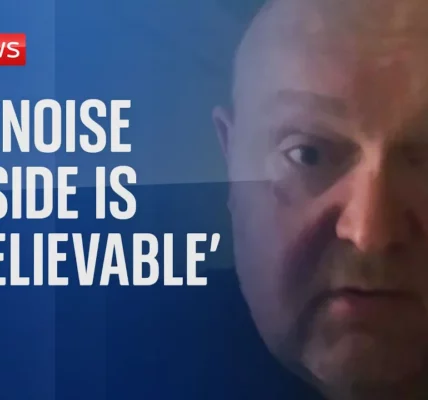Uncovering the Conflict in Sudan: Atrocities and International Response

This article delves into the ongoing conflict in Sudan, where millions have been displaced and countless lives lost. We explore the gruesome details of recent atrocities, the role of militia groups, and the urgent need for international attention and intervention.
Introduction
Sudan, a country located in Northeast Africa, has been embroiled in a conflict that has resulted in the displacement of millions and the loss of tens of thousands of lives. Despite the magnitude of this crisis, it often remains overshadowed by other global issues. Recent investigations have revealed horrific details of massacres committed by militia groups, particularly the Rapid Support Forces (RSF). This article aims to shed light on the current situation, explore the historical context, and discuss the implications of these events for the people of Sudan and the international community.
The Humanitarian Crisis in Sudan
The humanitarian situation in Sudan is dire, exacerbated by political instability and violence. Millions of people have been forced to flee their homes, seeking refuge from ongoing attacks. The conflict has its roots in decades of socio-political turmoil, which has only worsened in recent years.
Displacement and Refugee Crisis
- Over 6 million people displaced internally and externally.
- Refugee camps struggling to provide basic necessities.
- Severe lack of medical care and food supplies in conflict zones.
Impact on Health and Well-being
Health issues have surged among those affected by the conflict, with many suffering from psychological trauma and physical ailments resulting from the violence. Elderly populations, in particular, have shown signs of deteriorating health due to the stress and heartbreak caused by the ongoing violence.
Recent Atrocities and Investigations
In collaboration with investigative bodies such as Lighthouse Reports and The Washington Post, new evidence has emerged concerning the atrocities committed by the RSF. This includes shocking video footage that documents the extrajudicial killings of unarmed civilians.
Footage of the Kum Massacre
The videos reveal militia fighters celebrating over the bodies of victims, illustrating the brutality of the conflict. Key findings from the investigation include:
- Direct involvement of the RSF in the massacre.
- Evidence of systematic targeting of non-Arab tribes.
- Identification of victims, including minors and entire families.
Verification of Evidence
Investigators employed modern techniques to verify the authenticity of the footage. This involved:
- Cross-referencing video timestamps with satellite imagery.
- Engaging local witnesses to corroborate events.
- Utilizing social media posts to gather additional context.
Historical Context and Political Dynamics
The roots of the conflict can be traced back to a revolution in 2019, which aimed to establish a civilian government. However, the subsequent takeover by military leaders has led to a power struggle and further violence.
Impact of the 2019 Revolution
The revolution was fueled by widespread dissatisfaction with economic stagnation and corruption. Unfortunately, the military coup in October 2021 derailed hopes for a peaceful transition.
The Role of Foreign Interests
Sudan’s rich natural resources, including gold and uranium, have attracted foreign interest, complicating the conflict and hindering potential resolutions. The exploitation of these resources has fueled further violence and instability.
International Response and Apathy
Despite the severity of the situation in Sudan, international response has been limited. The ongoing conflict has often been overshadowed by crises in other parts of the world, leading to a general apathy towards the suffering in Sudan.
Calls for Intervention
Many Sudanese citizens have expressed the urgent need for international intervention. Proposed actions include:
- Reinstating peacekeeping missions.
- Implementing targeted sanctions against militia leaders.
- Increasing humanitarian aid to affected populations.
The Role of Media in Highlighting the Crisis
Media coverage plays a crucial role in raising awareness of the humanitarian crisis. Investigative journalism has helped uncover the truth behind the conflict, documenting atrocities and giving a voice to those affected.
Conclusion
The conflict in Sudan is a complex and heartbreaking situation that demands urgent attention from the international community. With countless lives at stake and ongoing violations of human rights, it is imperative that we acknowledge and respond to this crisis. As the world becomes increasingly interconnected, the plight of the Sudanese people should not be ignored. We must advocate for justice, support humanitarian efforts, and demand accountability for those responsible for these atrocities. For more information on how you can help, visit our related articles and resources.
“`




